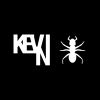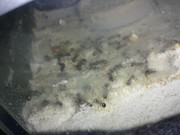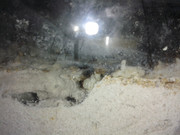N. Cockerelli colony doing great, then all of a sudden I see all these pupae in the outworld today. Everything else is fine as far as i can tell in the rest of the formicarium (a large Nucleus 360). What's going on? Could humidity be too high?
- Formiculture.com
- Forums
- Gallery
- Members
- Member Map
- Chat






















